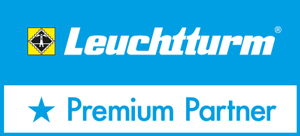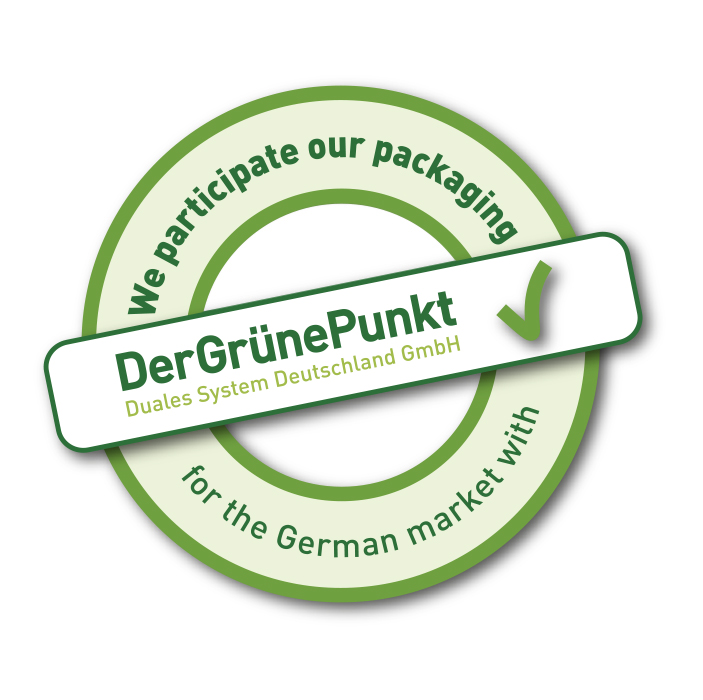Vatican 50 cents 2023. Coin card
Price:
9,90 €
Face Value: 50 Eurocent
Sculptor: Daniela Longo
Engraver: Ettore Lorenzo Frapiccini
Dimensions: 85,5 x 54 mm
Mint: IPZS (Italy)
Mintage: 60 000 coincards
The Mint of the Vatican City State presents the Vatican Coin Card N. 14, a blister card showing the Holy Father with a 50 cent euro coin bearing the date 2023.
Sculptor: Daniela Longo
Engraver: Ettore Lorenzo Frapiccini
Dimensions: 85,5 x 54 mm
Mint: IPZS (Italy)
Mintage: 60 000 coincards
The Mint of the Vatican City State presents the Vatican Coin Card N. 14, a blister card showing the Holy Father with a 50 cent euro coin bearing the date 2023.
Similar products
Official Coin set Brilliant
Uncirculated with 8 coins: from 1 cent to 2 euro.
Mintage:11 000 sets.
Obverse: The centre depicts the Three Towers of Mount Titano, on the tops of which are placed the three Feathers, symbols of the Republic of San Marino; blades of grass at the bottom. On the left is the inscription 'REPUBBLICA DI SAN MARINO', on the right the letters CP, initials of Chiara Principe, author of the design, and the inscription U. PERNAZZA INC., initials of Uliana Pernazza, who did the engraving. Reverse: The centre depicts the Italian Geotriton (Speleomantes italicus). Around the top is the inscription 'PROTEZIONE DELLA FAUNA SELVATICA'
Uncirculated with 8 coins: from 1 cent to 2 euro.
Mintage:11 000 sets.
Obverse: The centre depicts the Three Towers of Mount Titano, on the tops of which are placed the three Feathers, symbols of the Republic of San Marino; blades of grass at the bottom. On the left is the inscription 'REPUBBLICA DI SAN MARINO', on the right the letters CP, initials of Chiara Principe, author of the design, and the inscription U. PERNAZZA INC., initials of Uliana Pernazza, who did the engraving. Reverse: The centre depicts the Italian Geotriton (Speleomantes italicus). Around the top is the inscription 'PROTEZIONE DELLA FAUNA SELVATICA'
69,00 €
The 2€ coin shows the poet France Prešeren and the inscription "Shivé naj vsi naródi" (God’s blessing on all nations) − a line taken from his poem "Zdravljica" which is also used in the country’s national anthem. Edge lettering of the €2 coin: SLOVENIJA followed by an engraved dot.
9,00 €
The Annual Sets The Netherlands 2024 contain all eight denominations in different qualities and packaging.
As culture carriers and a means of communication, coins function as a sort of time capsules. The Annual Sets The Netherlands from 2024 are therefore linked to (inter)national and personal milestones of this year. In addition, from 2022 to 2025, the Annual Sets from the National Collection® are devoted to the four elements: earth, water, fire and air. After all, the elements are linked to the seasons that determine our annual rhythm. The series continues this year with the element “Air”.
Mintage: 15 000 sets
As culture carriers and a means of communication, coins function as a sort of time capsules. The Annual Sets The Netherlands from 2024 are therefore linked to (inter)national and personal milestones of this year. In addition, from 2022 to 2025, the Annual Sets from the National Collection® are devoted to the four elements: earth, water, fire and air. After all, the elements are linked to the seasons that determine our annual rhythm. The series continues this year with the element “Air”.
Mintage: 15 000 sets
19,00 €
Face Value: 1 €
Diameter: 24,25 mm
Mintage:80 000 coincards
The Mint of the Vatican City State presents the Vatican Coin Card N. 2, a blister card showing the Holy Father with a 1 euro coin bearing the date 2023
Diameter: 24,25 mm
Mintage:80 000 coincards
The Mint of the Vatican City State presents the Vatican Coin Card N. 2, a blister card showing the Holy Father with a 1 euro coin bearing the date 2023
19,00 €
Official coin set "Pope Francis" with 8 coins.
The Mint of the Vatican City State presents the new coin set, composed by 8 coins (2 and 1 Euro, 50, 20, 10, 5, 2, 1 Eurocent), bearing the date 2024. The reverse side is common to all countries, while the obverse shows the coat of arms of Pope Francis, Sovereign of Vatican City State the text “Città del Vaticano” and twelve stars.
The Mint of the Vatican City State presents the new coin set, composed by 8 coins (2 and 1 Euro, 50, 20, 10, 5, 2, 1 Eurocent), bearing the date 2024. The reverse side is common to all countries, while the obverse shows the coat of arms of Pope Francis, Sovereign of Vatican City State the text “Città del Vaticano” and twelve stars.
99,00 €










